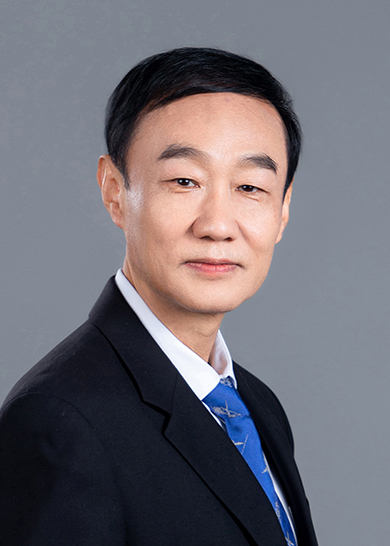
The core of cell lineage research lies in understanding the fundamental unit of life: the cell. The primary goal is to uncover the origins and connections of cell types, decode the molecular programs that govern how cells develop complex functions, and explore their highly dynamic properties. Just as the invention of the microscope led to the inception of "Cell Theory," contemporary lineage technologies—such as single-cell sequencing, real-time imaging, lineage tracing, and functional screening—along with automated and scalable bioengineering methodologies, are poised to incarnate modern “Cell Theory”.
The Center for Cell Lineage Technology and Engineering is dedicated to spearheading the development of cutting-edge technologies and detection equipment for cell lineage studies, with a particular focus on precise lineage programming at high-continuous time resolution and high spatial resolution. The center will engage in interdisciplinary research, develop advanced biological analytical technologies, and develop high-end equipment to propel cell lineage research forward. By doing so, it aims to transform research paradigms and foster a culture of scientific excellence and innovation, ultimately establishing itself as a world-class hub for frontier biotechnology and equipment research.
Research Groups and Group Leader:
• Spatial Lineage Technology Research Group (Group Leader: Guangdun Peng)
• Lineage Automation Equipment Research Group (Group Leader: Xiao Zhang)
• Lineage Interaction Research Group (Group Leader: Ziyuan Duan)
• Lineage Functional Analysis Research Group (Group Leader: Yinxiong Li)
• Lineage Regulation Technology Research Group (Group Leader: Zhiyuan Li)
• Imaging Lineage Technology Research Group (Group Leader: Fei Sun)
Acting Deputy Director: Guangdun Peng
Deputy Director: Xiao Zhang













